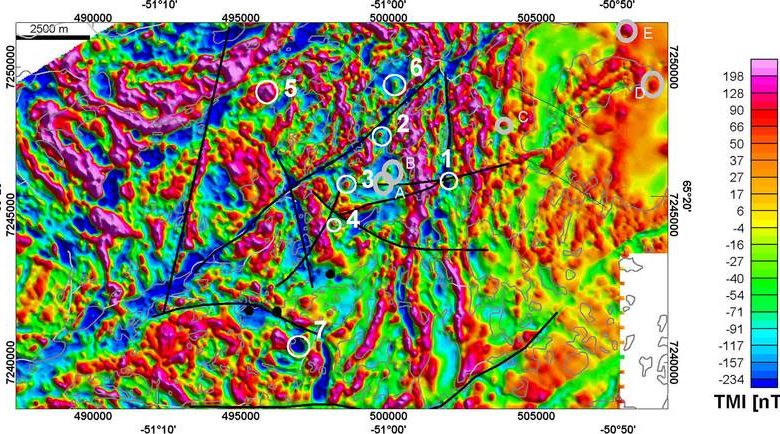All Categories
Featured
Table of Contents
Geophysical Prospecting in North Lake Western Australia 2022
Time slice from 23 to 25ns. This last piece is now nearly all blank, however a few of the walls are still revealing strongly.
How deep are these slices? The software application I have access to makes estimating the depth a little challenging. If, however, the leading three slices represent the ploughsoil, which is probably about 30cm think, I would guess that each piece is about 10cm and we are only getting down about 80cm in overall.

Luckily for us, most of the sites we have an interest in lie simply below the plough zone, so it'll do! How does this compare to the other techniques? Contrast of the Earth Resistance data (leading left), the magnetometry (bottom left), the 1517ns time piece (top right) and the 1921ns time slice (bottom left).
Geophysical Survey - Suffolk Heritage Explorer in West Swan Australia 2023
Magnetometry, as gone over above, is a passive strategy measuring regional variations in magnetism versus a localised zero worth. Magnetic vulnerability survey is an active technique: it is a step of how magnetic a sample of sediment might be in the existence of an electromagnetic field. Just how much soil is checked depends on the size of the test coil: it can be very little or it can be reasonably large.
The sensing unit in this case is very little and samples a tiny sample of soil. The Bartington magnetic vulnerability meter with a large "field coil" in usage at Verulamium throughout the course in 2013. Top soil will be magnetically enhanced compared to subsoils just due to natural oxidation and reduction.
By determining magnetic susceptibility at a relatively coarse scale, we can find areas of human occupation and middens. We do not have access to a dependable mag sus meter, but Jarrod Burks (who assisted teach at the course in 2013) has some exceptional examples. One of which is the Wildcat website in Ohio.
Geophysical Survey - Mola in Lakes Western Australia 2021
These villages are typically laid out around a main open area or plaza, such as this rebuilt example at Sunwatch, Dayton, Ohio. The magnetic vulnerability survey helped, however, specify the main location of profession and midden which surrounded the more open area.
Jarrod Burks' magnetic vulnerability study results from the Wildcat site, Ohio. Red is high, blue is low. The technique is for that reason of fantastic usage in specifying locations of basic profession instead of determining specific features.
Geophysical surveying is a used branch of geophysics, which utilizes seismic, gravitational, magnetic, electrical and electro-magnetic physical methods at the Earth's surface to determine the physical homes of the subsurface - Geophysical Surveys For Planning & More in Woodvale Oz 2023. Geophysical surveying approaches normally measure these geophysical homes together with anomalies in order to assess numerous subsurface conditions such as the existence of groundwater, bedrock, minerals, oil and gas, geothermal resources, spaces and cavities, and much more.
Latest Posts
Geophysicist - Job Role - Job Information in Mahogany Creek Oz 2023
Integrated Geophysical Surveys For The Safety in Koondoola Oz 2020
What Does A Geologist Do? in Pickering Brook WA 2021